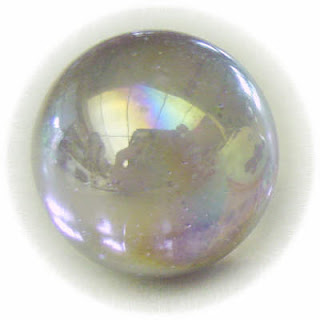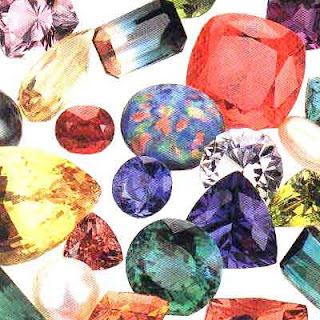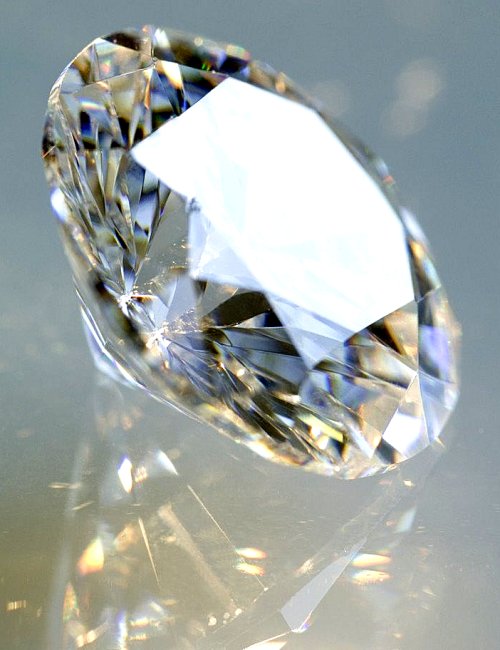How to buy a Pearl
A number of factors affect the appraisal of pearl quality. We recommend that customers learn the basics of selecting fine pearls to make pearl buying an enjoyable experience and to ensure a sound investment.
Pearls Size
Pearl size is mostly determined by two factors: the size of the implanted nucleus and the thickness of the nacre that grows layer upon layer around the nucleus. A large cultured pearl that lacks nacre thickness has a low value, and tends to discolor and crack fairly easily. A pearl with a thick nacre coating will retain its luster and beauty for a lifetime when properly cared for. For pearls of similar quality, the most important other determinant of price is the size of the pearl. The size is generally measured in millimeters.
Pearls Shape
Perfectly round cultured pearls are the rarest. Although most cultured pearls are nearly round, only about 1% is perfectly spherical. To check a strand for roundness, roll it across a flat surface. The strand should move evenly and smoothly.
Pearls Luster
Luster refers to the surface property that imbues cultured pearls with their shine and beauty. When checking pearls for luster, view them while standing with your back to a source of light. The sharper your reflection on the surface of the pearl, the higher is the luster and the better the quality.
Pearls Color
Pearls come in a variety of shades, with the major classifications being white, pink, silver, cream, gold, and black. Choice pearls also have a secondary color, or “overtone”, around the surface of the pearl. These overtones are usually rose, green or blue. The color should emanate from deep within the center of the pearl. All the pearls in a strand should be consistent in color.
Pearls Surface
Just as with any product of nature, all cultured pearls have minor imperfections. A quality cultured pearl is free of large pits or blemishes.
Akoya Pearls
Akoya pearls are cultivated using Pinctada Fukata oysters. Although most Akoya pearls are cultivated in Japan, they are also cultured in the tropical waters off the coast of Korea and China and southward as far as Sri Lanka. Akoya pearls are from two to ten millimeters in size, and their shape is typically round or off-round. Colors range from pink to white and yellow. Typically pearls are harvested after about eighteen months to three years of cultivation, reaching about 0.5 mm in diameter after eighteen months in the host oyster. Akoya pearls are renowned for their high luster and rich color.
Tahitian Black Pearls
Tahitian Black pearls are cultivated from Pinctada Margaritifera oysters (black lip oysters) found in French Polynesian waters. Black South Sea pearls come in a wide range of colors from silver / gray, blue, and red / eggplant to dark green, with peacock being the most valuable. Cultivation time averages about two years. Tahitian pearls have long been highly prized by many cultures for their exotic colors and brilliant luster.
How To Choose A Pearl
Pearls are considered nature’s gemstones and are perfect for inclusion in fine jewelry. Harvested from oysters, pearls are chosen in a similar fashion to other gemstones, including diamonds. When looking to purchase a pearl, follow the following seven tips in order to find the best pearl for your money.
1.) Color
Although you may think of pearls being creamy or off-white in color, pearls actually come in a wide array of colors. Pearls can range in color from rare black pearls to pure white pearls, and every color in between. By far, the most popular colors for pearls are white, cream, yellow and pink. Tahitian pearls are black, blue, grey, or even silver in color, and tend to be more expensive than the afore-mentioned lighter colors, but it should be kept in mind that no color is considered better than another. When choosing a color of a pearl, consider your personal tastes and even skin tone to determine what color of pearl is the best pick for you.
When examining pearls, place the pearls on a white or off-white background to best see the true color. Often, stores will place the pearls on a black velvet tray to provide the most impact, but the dark color could prevent you from seeing the true quality of the color.
Most pearls are natural colors, but some are dyed. Dyed pearls are generally less expensive than naturally colored pearls, so take the color into careful consideration when buying.
2.) Luster
The luster of the pearl is the quality of the reflective surface on the outermost layer of the pearl. This luster is quite important when choosing a quality pearl, and generally speaking, the higher the luster is an indication of a higher quality pearl.
3.) Coating
Pearls are made of different layers of nacre, a solution the oyster secretes to protect its delicate interior from an irritant, often a simple grain of sand. The coating of the pearl is the outermost layer of nacre and should be thick enough to protect the pearl. Usually, coating and luster go hand in hand, with the thickness of the coating directly affecting the quality of the luster. Pearls with a thin coating are more likely to chip, are not as durable, and often appear dull.
4.) Surface
The surface of the pearl should be smooth without any ridges, bumps, or pits. The higher quality of a pearl will have a smooth surface that will enable the light the light to properly reflect and showcase the color and luster of the pearl. Also, avoid any pearls with blemishes on the surface.
5.) Shape
Although most pearls are round, that is not the only shape of pearl available. That being said, round pearls should indeed to completely round. The different shapes of pearls available are:
• Round
• Semi round
• Off round
• Baroque
Generally speaking, round pearls are worth the most, with semi round, off round, and Baroque being valued less with each category. Usually cultured pearls are considered round with freshwater pearls more odd shaped.
6.) Size
Size in pearls is measured in millimeters. In pearl necklaces where each pearl is approximately the same size, the measurement is limited to a range, such as 7x7.5mm, meaning the pearls in the strand are between seven and seven and one-half millimeters in size. Usually, the larger the size of the pearl, the more expensive the price tag. However, the other factors still come into play.
7.) Setting
Pearls are set by drilling through the pearl to tie on a strand for a necklace or top mounted for other pieces of jewelry. When choosing the setting, ensure the setting itself is of good quality and the pearl is appropriately set. This is critical when choosing a necklace, since a pearl that is drilled off center will cause it to hang awkwardly on the strand.

How To Choose A Pearl Necklace For Your Wedding Day
There is nothing more beautiful to complement a wedding dress than a stunning strand of pearls. This traditional wedding jewelry is more popular than ever, with brides using all styles of pearl jewelry to add that finishing touch to their bridal ensemble. In addition to looking fabulous, wearing a pearl necklace on your wedding day has historically been known as a good luck charm, promising to bring the marriage years of happiness.
When choosing a pearl necklace for your big day, there are four main issues to evaluate. These issues will ensure your necklace and any other accessories complement your dress and add to instead of diminish your beauty.
1.) Color: The color of the pearl is usually the most noticeable aspect of any pearl jewelry. Pearls come in colors ranging from traditional white and off-white to pink, black, grey, and even silver. When choosing the color of your pearl necklace, be sure to think of your skin tone and dress. The color should accentuate your outfit and make the ensemble complete, so choose wisely for a color that you can wear on your wedding day and for many days to come.
2.) Size: Pearls come in several different sizes and are either strung for a necklace in a similar range or in a graduated range. Choose a size of pearl that matches your proportions, as well as that of your dress. Size of the pearl directly affects another issue to keep in mind, the length of the strand.
3.) Length: Pearl necklaces are available in several lengths:
• Collar (12 – 13 inches)
• Choker (14 – 16 inches)
• Princess (17 – 19 inches)
• Matinee (20 – 25 inches)
• Opera (26 – 36 inches)
• Rope (over 37 inches)
The difference in length directly depends on the style of your dress. The most popular lengths of pearl necklaces are the princess length and the opera length. Avoid wearing the longer lengths of pearls over heavily beaded or decorated dresses, as the impact of the pearls may be lost. You may need to try on several lengths to see how each individual strand fits your body.
4.) Additions: Many brides are choosing to forego the traditional strand of pearls and add diamonds or other gemstones to a necklace setting. This is a great idea if you have a preexisting pendant mount of heirloom gemstone you wish to include in your jewelry. Also, many brides are using an illusion or floating setting for a single or several pearls. This setting gives the pearl the appearance of floating weightlessly around the wearer’s neck, giving a more modern feel to this traditional element.








